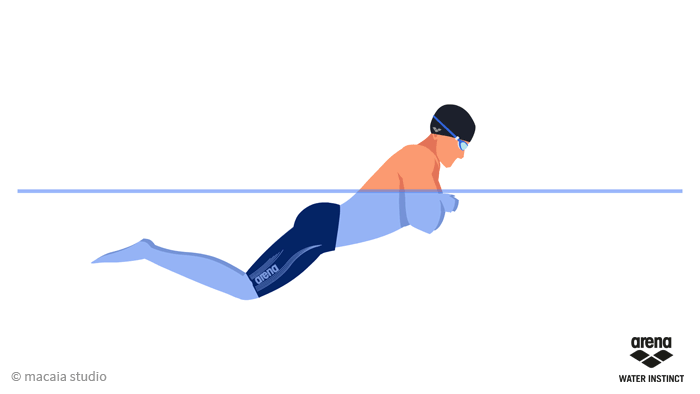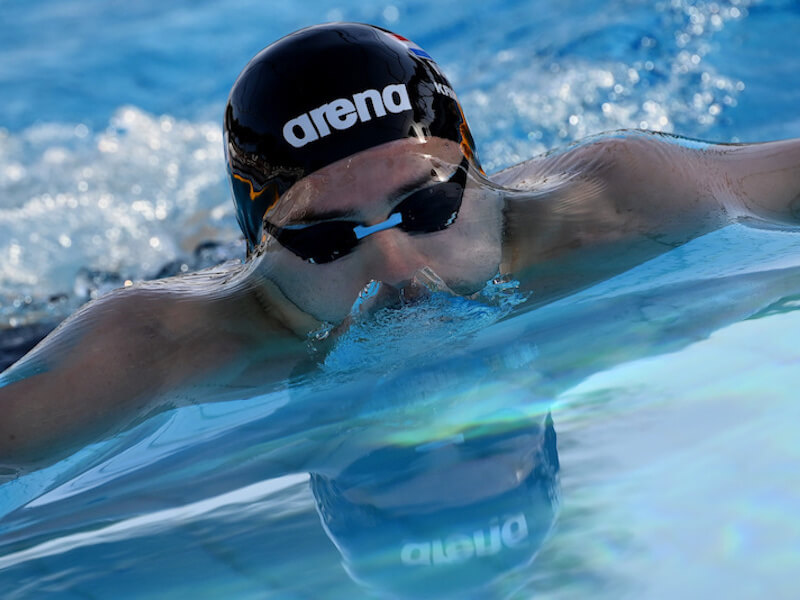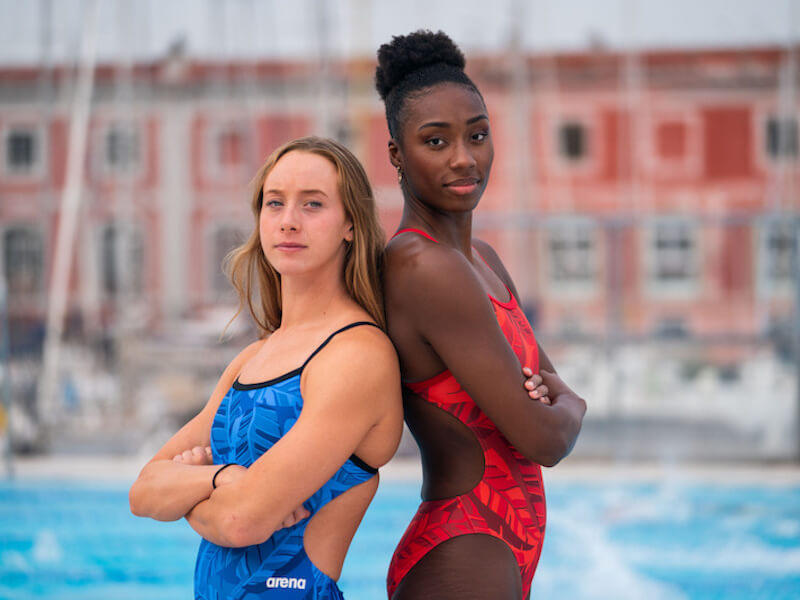Breaststroke Kick: Improve With the Right Technique and Tools
The breaststroke is believed to be the oldest stroke and the first to be swum competitively. Captain Matthew Webb was the first man to swim across the English Channel — from Dover to Calais — swimming the breaststroke for 21 hours 45 minutes without stopping on August 24-25, 1875.
The breaststroke is also one of the most complicated strokes to learn and features the complex frog kick. Technically speaking, it is completely different from all the other Olympic strokes, even in terms of where your forward thrust comes from, which is mainly from leg movement (70% legs and 30% arms). This makes breaststroke vastly different from freestyle in which power is generated from 40% legs and 60% arms.
In this article, we’ll guide you through the basics of how to perform a solid breaststroke swimming technique. Then, we’ll look into the various swim training tools you can use to help you to improve your breaststroke kick and your cardiovascular abilities.
Perfect Your Breaststroke Kick

Even though in this article we will focus on the breaststroke kick (more on that later when we come to swim training tools), we must master the whole stroke cycle so all elements complement each other. It’s no use having the perfect frog kick if it’s paired up with a weak arm pull. Let’s see how we can perfect the most complex swimming stroke.
Body Position
Keep your body horizontal in a streamlined position, in line with the surface of the water. Your head should cut through the water to allow you to breathe frontward. Be cognizant of your leg position; don’t let them drop down as this will cause drag, especially during each kick.
Legs
The leg action is a backward kick with both legs moving simultaneously after drawing your heels up toward your buttocks by bending your knees. Your feet should face outward during the kick phase so that you can sweep them outward and then back together again at the end of the kick. The right time to perform the leg kick is at the end of the breathing cycle.
Arms
The breaststroke arm action begins with your body in a horizontal position and your arms extended out in front of your head with your hands close together and your palms facing outward at an angle of approximately 40 degrees.
At the beginning of the pull phase, keep your arms extended and pull almost exclusively outward with your hands for the initial out-sweep. Once your arms are making a “Y” shape, you will begin the breaststroke pull. Bend your elbows and simultaneously rotate your arms so that your hands no longer sweep out in a circular movement but are turned inward until they come together beneath your chest.
Keep your elbows tucked in during the hand recovery phase, which should take place underwater.
Breathing
Even though the breaststroke is the most complex stroke, things are pretty easy when it comes to breathing. This is because the natural movement of the stroke is constantly bringing your head out of the water — unlike breathing during freestyle, which takes some mastery of your timing.
Breathe frontward. Raise your chest while you are pulling with your arms and then finish by pushing downward with your chest until you are back in a perfectly horizontal position, so as to exploit the forward thrust coming from the leg kick that then follows.
Turn
As you turn (and as you finish your workout), your hands must touch the wall at the same time and be shoulder-width apart. Draw your knees up beneath your chest ready to press them quickly against the wall and then push off.
During the underwater gliding phase you can perform one complete arm stroke until your hands are along your sides, making one breaststroke leg kick and one dolphin kick.
The fact that the breaststroke is so different from the other strokes means that a breaststroker is very often an unusual kind of swimmer and sometimes not particularly talented at the other strokes. So, all you breaststrokers out there, do not worry if you struggle with the other strokes. It just means you are more gifted at breaststroke.
Improve Your Breaststroke Kick With Training Tools

If you’re a beginner or you take part in competitive swimming regularly, there is always room for improvement when it comes to training. Let’s see which swim training tools you can utilize to help improve your breaststroke kick.
Swim Training Snorkel
Cast all thoughts of casual swimming to catch glimpses of tropical fish out of your mind. A swim training snorkel is a serious piece of equipment aimed specifically at those that swim in straight lines at speed. The snorkel itself is fitted to the center of your face, meaning that it doesn’t get in the way of your forward momentum like a traditional side-fitted snorkel would.
Swim training snorkels are hydrodynamic and, therefore, cause minimal drag to the wearer. More importantly, they allow you to breathe uninterrupted throughout your breaststroke drills. This gives you the option to put your arms out in front of you (with an optional kickboard) so that you can focus on improving your breaststroke kick.
The Swim Snorkel Pro III from arena is one of the best swim training snorkels on the market. It even gives you the option to try out some hypoxic training with a choice of two breath control caps that allow you to limit your airflow.
Kickboard
Adding a kickboard will give you more creativity when coming up with new breaststroke drills. Being able to put your arms out in front of you and forget about your upper-body breaststroke technique really allows you to be more aware of your leg movements. If you combine a kickboard with a swim training snorkel, you can forget about breathing and your upper body and apply all your focus to your legs.
The Pull Kick Pro from arena is a brilliant tool for helping you to isolate your breaststroke kick. It’s lightweight and has a streamlined grip that is perfect for advanced swimmers who don’t have time for drag.
It also gives swimmers the option to use it as a pull buoy. This is great for when you’re doing long sessions of training on your breaststroke kick. You can use the pull buoy feature to give your legs a rest while still keeping your heart rate up during upper-body sets.
Start to Improve Your Breaststroke Kick

The breaststroke may be a complicated stroke, but if you break it down into individual elements it can help to simplify it. Remember to keep your body in a streamlined position and try not to let your legs drop down. Perform the breaststroke kick at the end of the breathing cycle, and keep your elbows tucked in during the recovery phase of your arm pull.
Swim training tools can really help you to improve your breaststroke kick by allowing you to isolate your legs and focus on form. A swim training snorkel will let you breathe continuously. It works even better when combined with a kickboard so that you can completely isolate your legs to improve your frog kick.
If you want to improve your breaststroke kick and need some new training tools, look no further than the arena online store. We also sell swimwear that’s fashionable and functional to give you that extra boost of confidence and performance when you’re in the pool.
Written by:
arena coaches
Swim coaches, trainers and experts will give you all kinds of tips for performing at your best in both training and races.







